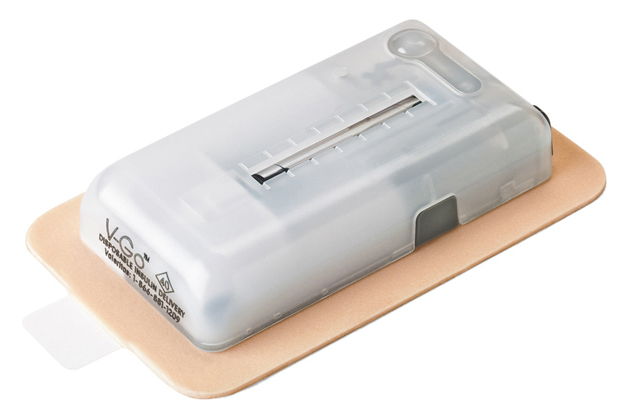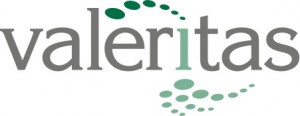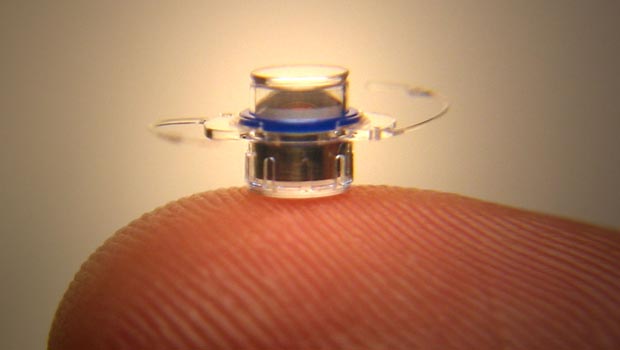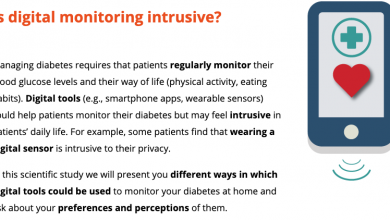V-Go: Syringe-Less Insulin

Many Americans with Type 2 diabetes could forgo using a syringe to get insulin, but they don’t.
Part of the explanation is financial. In the U.S., full insurance reimbursement for insulin treatment is often guaranteed only for syringes, the least expensive form of insulin delivery. While evidence suggests that insulin pumps can deliver better health outcomes in Type 2 patients who use them, people with Type 2 diabetes often find themselves having to foot the bill for pumps themselves, which can run from $4,500 to $6,000. Another hurdle to pump adoption is that pumps are designed to meet the more complex daily needs of people with Type 1 diabetes and tend to be massively overbuilt for many Type 2s.
 Enter Valeritas, a medical device company that has stepped into this treatment gap with V-Go, a promising insulin delivery system specifically designed for the needs of Type 2s. Its designers say it is simple to use, easy to control, and inexpensive compared to other pump brands.
Enter Valeritas, a medical device company that has stepped into this treatment gap with V-Go, a promising insulin delivery system specifically designed for the needs of Type 2s. Its designers say it is simple to use, easy to control, and inexpensive compared to other pump brands.
V-Go isn’t a pump or a pen; it delivers insulin through a tiny needle that provides subcutaneous infusion. Valeritas created this new insulin device to dispense insulin for 24 hours and then be discarded. While it’s attached to the body, V-Go offers hourly insulin doses, along with on-demand mealtime boluses. There are no electronics, batteries, infusion sets, or programming and it can be used in the shower or when swimming.
V-Go uses rapid-onset insulin, either Humalog or Novolog, which the user loads into the device. About 2.5 inches by 1 inch in size, V-Go is placed on the skin, and begins to dose insulin when the small needle is inserted into the skin. Essentially the device is built around principles of fluid dynamics, using pressure from an uncoiling spring inside the V-Go to gradually push insulin through the tip of the device.
There are 3 options a doctor can prescribe: V-Go 20, V-Go 30, and V-Go 40. The numbers refer to insulin units on board for hourly basal infusion rates of .83 units, 1.25 units, or 1.67 units. All 3 models also hold 36 units of insulin that can be infused as bolus doses in 2-unit increments by pushing a button on the face of the device as many times as the bolus requires – 3 button-pushes for 6 units, 4 button-pushes for 8 units, and so on. You refill a new device, attach it in a different location at least 2 inches away from the previous site, and throw away the old device.
 Naturally, the most important aspect of V-Go is its promise to provide better performance in improving glycemic control among users. Preliminary results from an ongoing study seem to suggest it can deliver on this promise. An interim analysis of 47 men who used V-Go continuously for 3 months showed improvement in their average blood sugar (A1C) levels. The men studied were able to lower their A1C readings from 8.6% to 7.8%. (An A1C reading of 8% or lower is often considered a benchmark to measure whether a patient’s diabetes treatment is effective.) Overall, the men studied saw their total daily insulin doses lowered by an average of 19%, on average.
Naturally, the most important aspect of V-Go is its promise to provide better performance in improving glycemic control among users. Preliminary results from an ongoing study seem to suggest it can deliver on this promise. An interim analysis of 47 men who used V-Go continuously for 3 months showed improvement in their average blood sugar (A1C) levels. The men studied were able to lower their A1C readings from 8.6% to 7.8%. (An A1C reading of 8% or lower is often considered a benchmark to measure whether a patient’s diabetes treatment is effective.) Overall, the men studied saw their total daily insulin doses lowered by an average of 19%, on average.
The results are in line with other studies which have found that infusion therapy trumps injections as an effective way to control glucose and help decrease insulin use. While their current study is not complete, and more observational studies will no doubt be conducted, V-Go seems to be a safe and useful tool for improving glycemic control for people with Type 2 diabetes.
The biggest remaining challenge to widespread adoption of V-Go and similar therapies may be the need to familiarize prescribing doctors of the overall benefits of early insulin therapy in Type 2 diabetes. Another potential obstacle is reimbursement by health insurers, always a hurdle for a new device. The company is working to be proactive, in both cases, setting up a 24/7 telephone helpline to provide patients and healthcare providers answers and technical support.
The U.S. health-care marketplace is notoriously slow to adopt innovations in diabetes care, so it’s not a sure thing that V-Go can gain a foothold. Like the insulin pen before it, V-Go may end up being bigger in Japan than here. However, if it continues to prove as easy to use and as effective as promised, V-Go is sure, at least, to catch on with some Type 2 diabetes users looking for an alternative to multiple injections.




